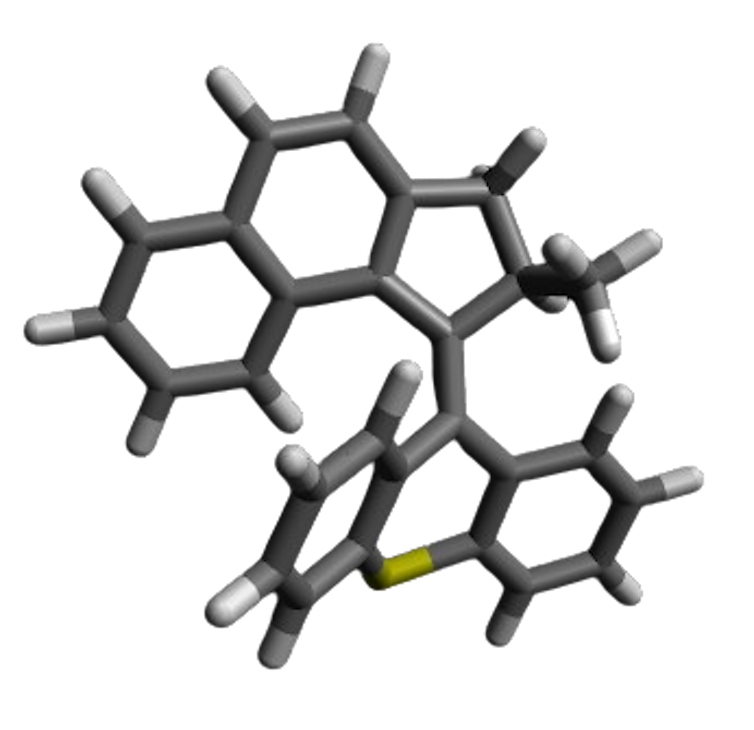Fungi are present on the skin of around 70% of the population, without causing harm or benefit. Some fungal infections, like athlete’s foot, are minor. Others, like Candida albicans, can be deadly – especially for individuals with weakened immune systems.
Fungal infections are on the rise because of an aging population and an increased prevalence of chronic diseases. At the same time, fungi are becoming more resistant to treatment. As a result, fungal infections could soon become a serious public health threat.
In 2022, the World Health Organization released its first-ever “Fungal Priority Pathogen List,” calling for improved surveillance, public health interventions and the development of new antifungal drugs.
We are an interdisciplinary team of chemists and biologists charting a new path to tackle drug-resistant infections. We are using tiny nanoscale drills that combat harmful pathogens at the molecular level. As the traditional antimicrobial research pipeline struggles, our approach has the potential to rejuvenate the fight against these stubborn infections.
Molecular machines as alternative antifungals
While doctors urgently need new antifungal drugs, developing them is challenging. First, it is difficult to develop drugs that selectively kill fungi without harming human cells because of their many similarities.
Second, fungi can rapidly develop resistance to multiple antifungal drugs at once when medications are misused or overused. As such, developing antifungal drugs is much less rewarding for drug companies than developing medications for chronic conditions like diabetes and hypertension that require long-term use.
One solution to this problem could lie in a Nobel Prize-winning technology: molecular machines.
Molecular machines are synthetic compounds that rapidly rotate their components at about 3 million times per second when exposed to light. Doctors can use a light-tipped probe to activate these molecular machines to treat internal infections, or a lamp for skin infections. The light starts the machines spinning, and that rotational motion pushes them to drill through and puncture the cell’s membranes and organelles, which results in cell death.
Our group first used this technology to kill cancer cells in 2017. To target the right cells, molecular machines can be linked to specific peptides that bind only to the desired cells, allowing, for instance, the targeting of specific cancer types. Since then, we have used these molecules to kill bacteria, destroy tissue and stimulate muscle contraction. These properties make molecular machines an enticing candidate technology to address the growing fungal threat.

